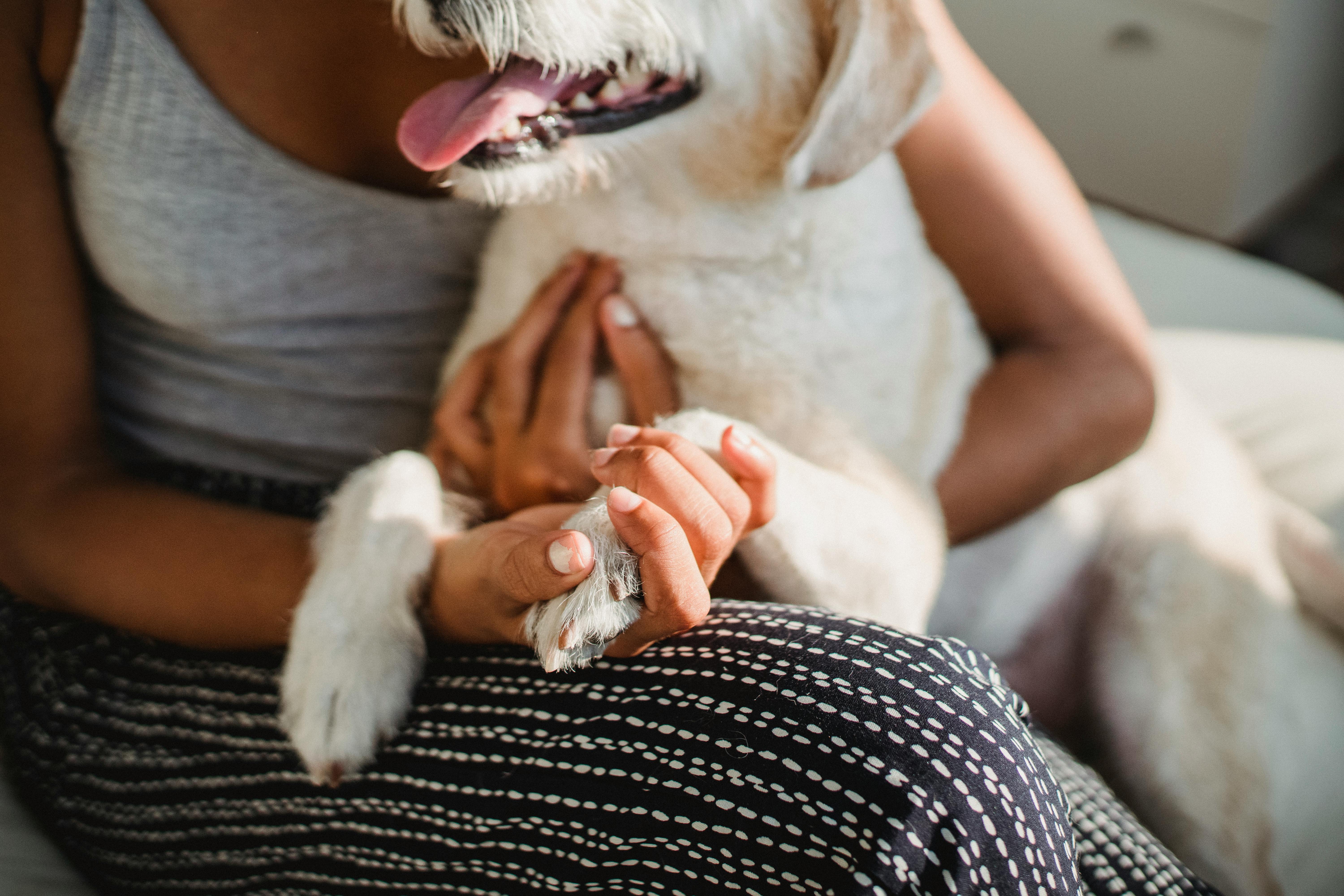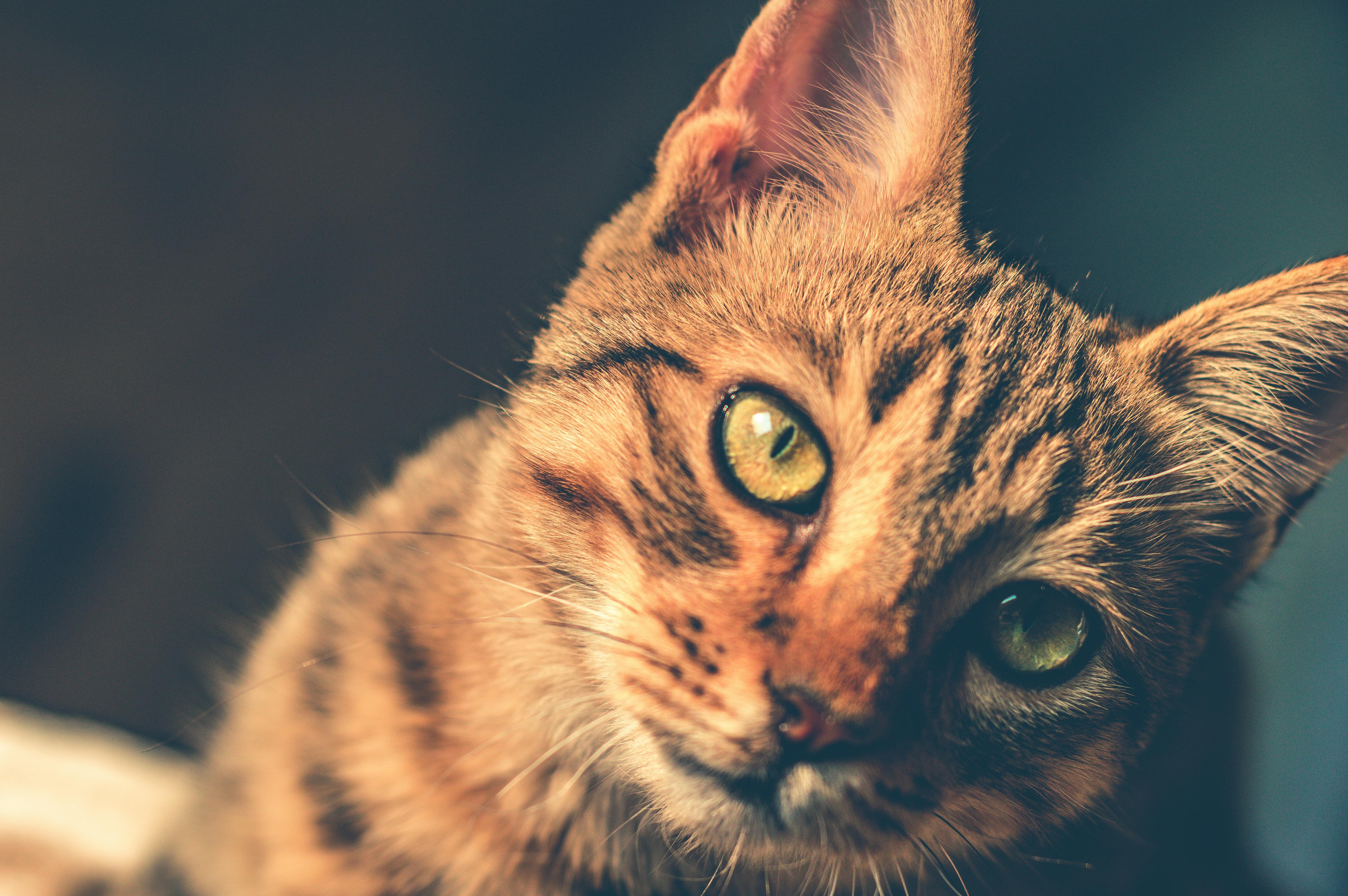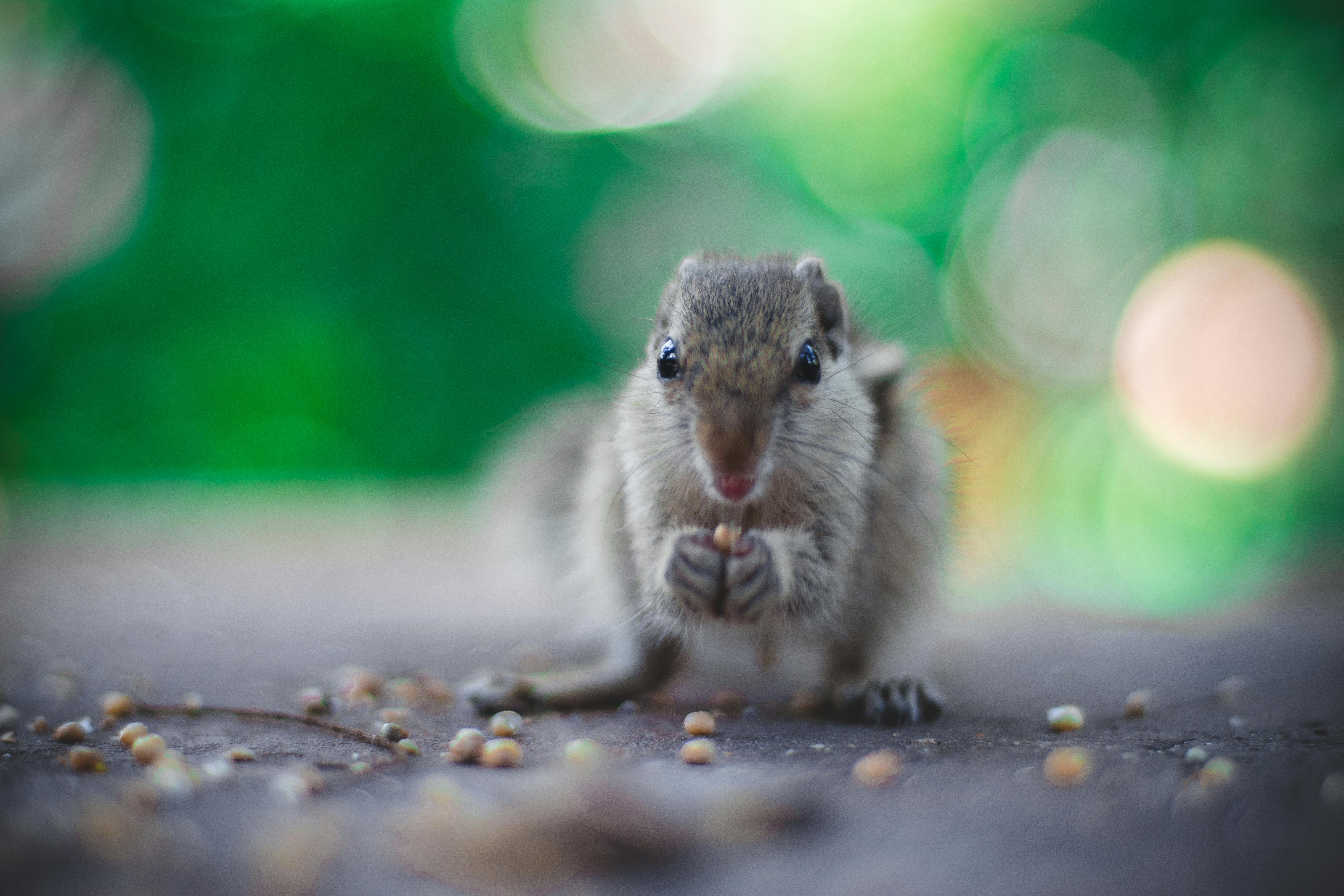Ringworm is a fungal infection that can affect a cat’s hair, skin, and nails. It will heal on its own in time, but a cat can transmit the disease to other animals and humans while infected.
The disease is commonly caused by fungi Microsporum canis, Microsporum gypseum, or Trichophyton found in infected animals or in the animal’s living environment. The spores can live up to 24 months and favor warm and humid areas. A cat can have the disease without showing any symptoms.
The disease can be transmitted by direct contact or by infected toilet instruments. A healthy cat’s immune system creates resistance to disease. A cat with a suppressed immune system, high steroid use, elderly, free roaming, malnourished, ill, or highly stressed is at increased risk for ringworm.
Skin lesions are the most common symptom. Generally hairless lesions are normally found on the head, ears, and tail. It can also affect the nails causing malformations. Sometimes the entire body can become infected, leading to a flaky or oily skin condition.
A specialized black light, Wood’s lamp, can diagnose some species of fungi. Another diagnostic method is to pluck the hairs around the lesion and examine them under a microscope. The most accurate way is to collect scales and scabs from the skin and perform a fungal culture.
Ringworm can be treated with topical creams like miconazole or thiabendazole. In severe cases, a topical treatment using lime sulfur baths and combined with medications such as Itraconazole, Terbafine or Greseofluvin. Sauces have a foul odor and can temporarily turn the coat yellowish, but they are very effective. Always consult a veterinarian to determine the best treatment.
Keeping a cat away from an infected animal and maintaining a clean environment are good ways to prevent disease. If spores are found to be present, the area should be thoroughly cleaned, including heating and cooling vents. A bleach solution diluted 10 to 1 and left for 10 minutes will kill the spores. Since humans can become infected, it is recommended to wear gloves when handling infected animals and cleaning them.



